Preventing Chafing: Tips for Hot Weather Running

Are you tired of dealing with painful chafing during your hot weather runs? You’re not alone. In fact, studies show that over 70% of runners experience chafing at some point.
But don’t let that discourage you! With the right tips and techniques, you can prevent chafing and enjoy your runs to the fullest.
From choosing the right clothing to proper hydration techniques, this article will provide you with all the information you need to stay comfortable and chafe-free on your summer runs.
Choosing the Right Clothing
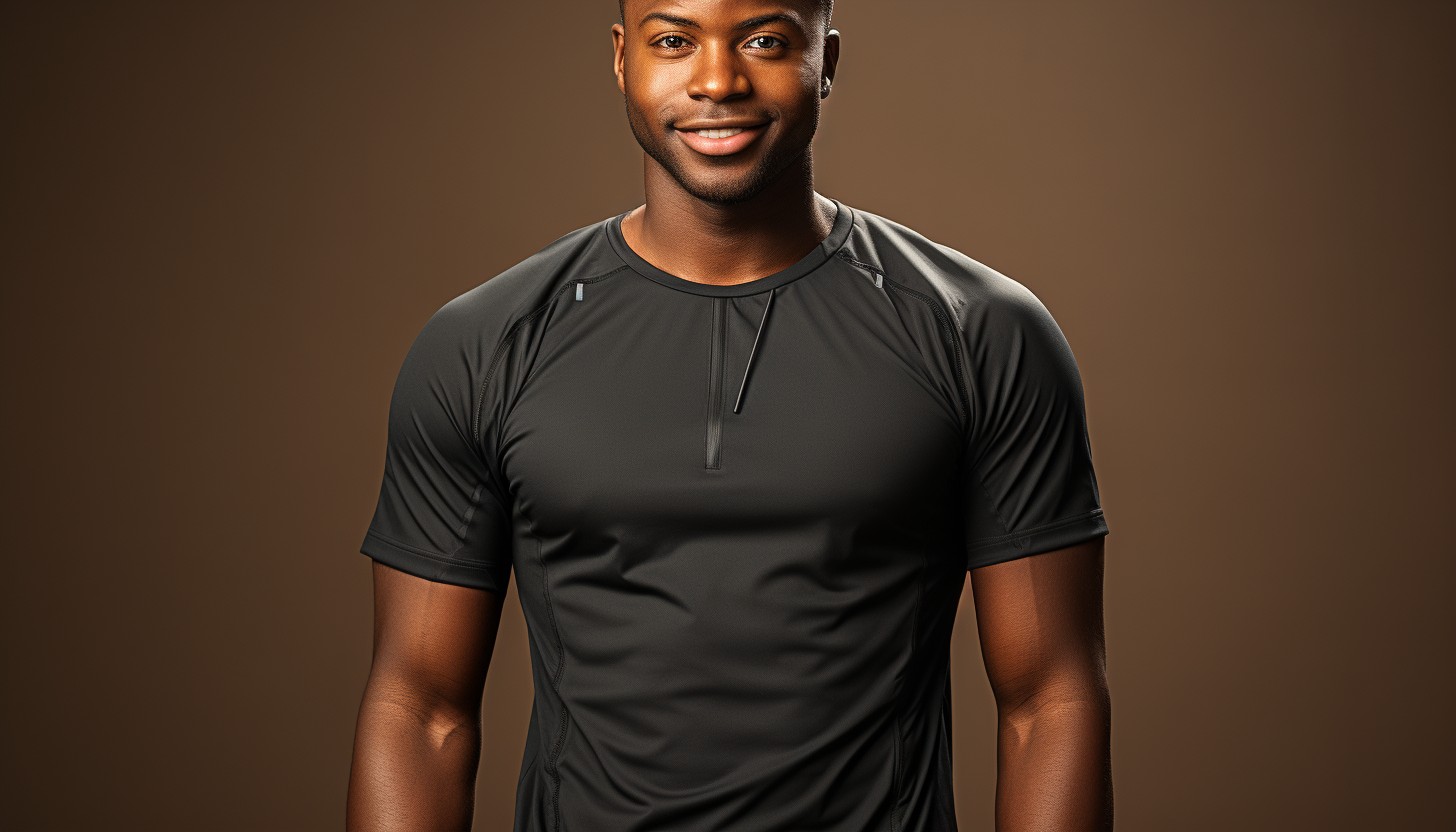
You’ll want to make sure you’re wearing moisture-wicking fabrics that will keep you dry and prevent chafing. Sweat-wicking fabrics are designed to pull moisture away from your skin and allow it to evaporate quickly, keeping you cool and comfortable during your hot weather run. Look for clothing made of materials like polyester or nylon, as these are known for their moisture-wicking properties.
In addition to sweat-wicking fabrics, it’s important to wear proper fitting attire. Loose clothing can rub against your skin and cause friction, leading to chafing. Opt for clothes that are snug but not too tight, allowing for freedom of movement without excess fabric rubbing against your body.
When choosing running shorts or leggings, consider ones with flat seams instead of bulky ones that can cause irritation. Look for tops with smooth stitching and no tags on the inside, as these can also contribute to chafing.
Remember that prevention is key when it comes to chafing. By selecting the right clothing made of sweat-wicking fabrics and ensuring a proper fit, you’ll be able to enjoy your hot weather runs without the discomfort of chafed skin.
Proper Hydration Techniques
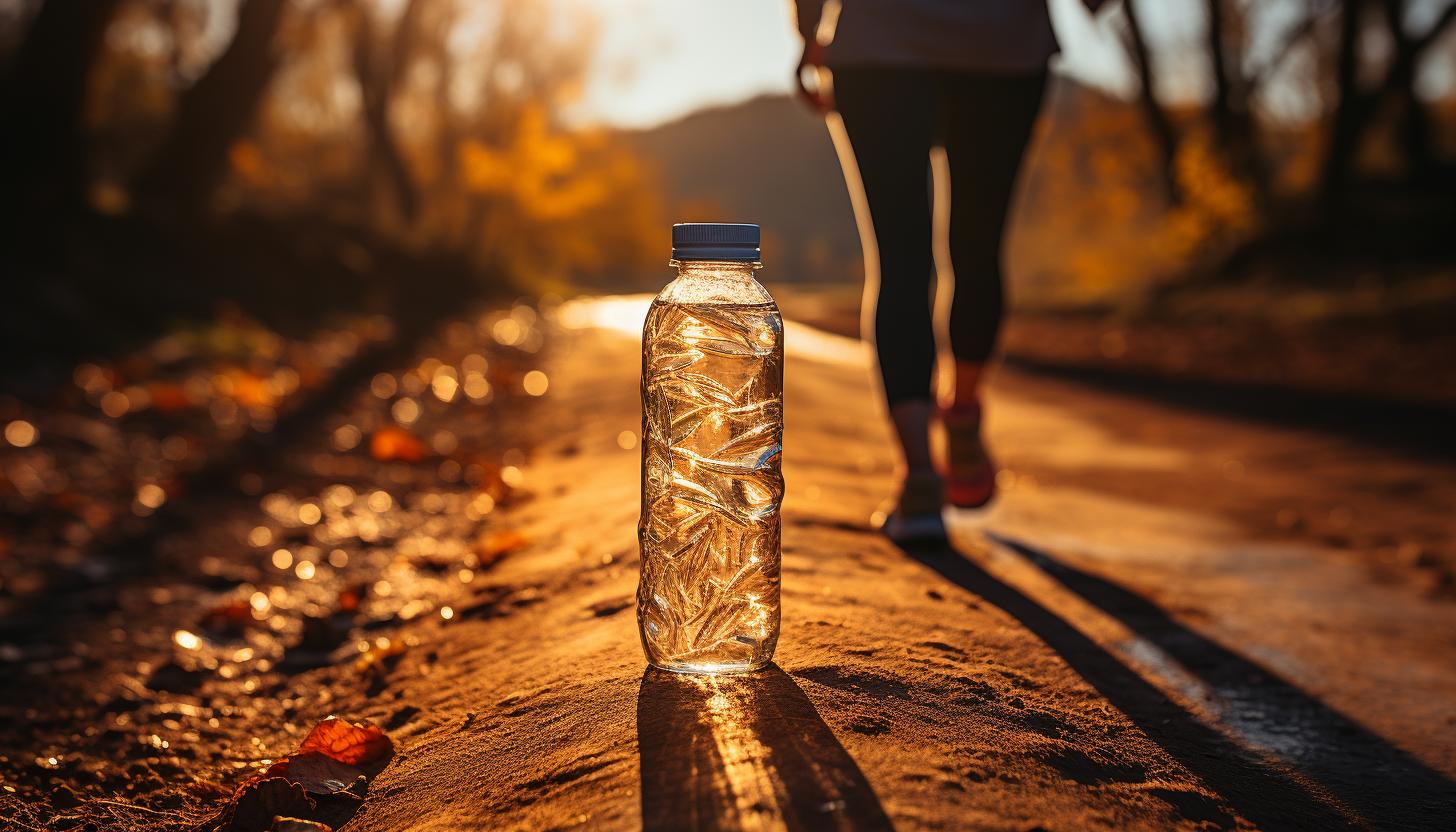
Staying properly hydrated is crucial during your runs in hot weather. When you sweat excessively, your body loses water and electrolytes, which can lead to dehydration and imbalances in your body’s essential minerals. To prevent this, it is important to focus on electrolyte replacement and sweat management.
Electrolyte replacement involves replenishing the minerals that are lost through sweating, such as sodium, potassium, and magnesium. This can be achieved by consuming sports drinks or electrolyte tablets before, during, and after your run. These products help maintain proper fluid balance and prevent muscle cramps.
Sweat management is another key aspect of staying hydrated during hot weather runs. Wearing moisture-wicking clothing that allows sweat to evaporate quickly can help regulate your body temperature and prevent overheating. Additionally, using sweatbands or headbands can keep sweat from dripping into your eyes or running down your face.
Remember to drink water regularly throughout the day leading up to your run to ensure you start off properly hydrated. During longer runs in hot weather, consider bringing a hydration pack or belt with you so you can sip water or an electrolyte beverage as needed.
Lubrication Methods and Products
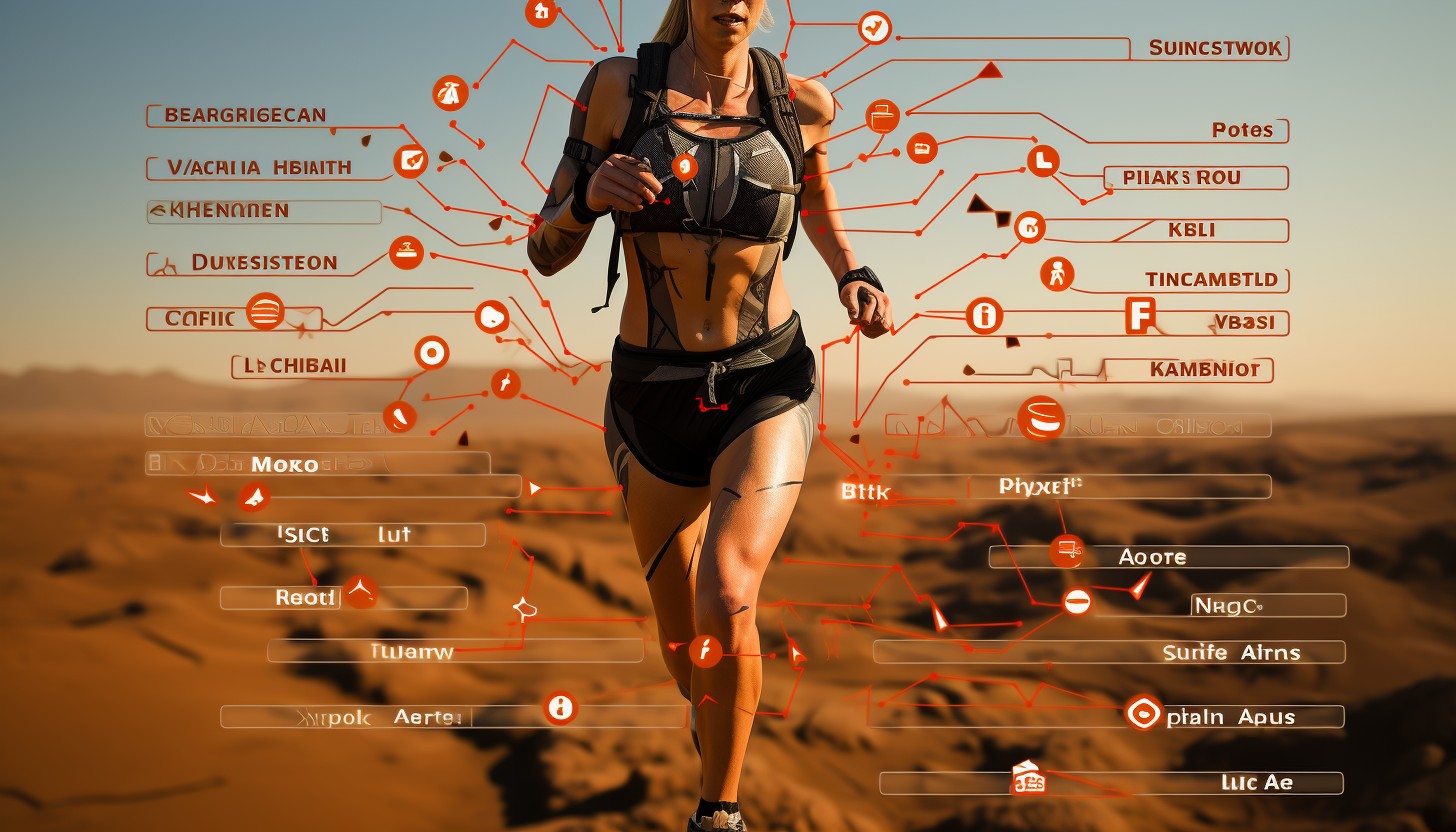
To keep your skin comfortable and prevent irritation, applying a lubricating product like petroleum jelly or anti-chafing balms can be beneficial during your runs. Here are four reasons why you should consider using these products for sweat management and friction prevention:
1. Reduce Friction: Lubricants create a protective barrier on your skin, reducing the friction between body parts or clothing that can lead to chafing. This is especially important in hot weather when sweat increases.
2. Soothe Irritated Skin: Sweat and rubbing can cause redness, rashes, and blisters. The right lubricant can help soothe irritated skin by providing hydration and preventing further damage.
3. Long-lasting Effect: Petroleum jelly and anti-chafing balms have long-lasting properties that ensure they stay effective throughout your run. No need to worry about reapplying frequently.
4. Versatile Usage: These products can be used not only on areas prone to chafing like thighs, underarms, or nipples but also on other parts of the body where friction occurs, such as feet or waistbands.
Skin Care Tips for Hot Weather Running
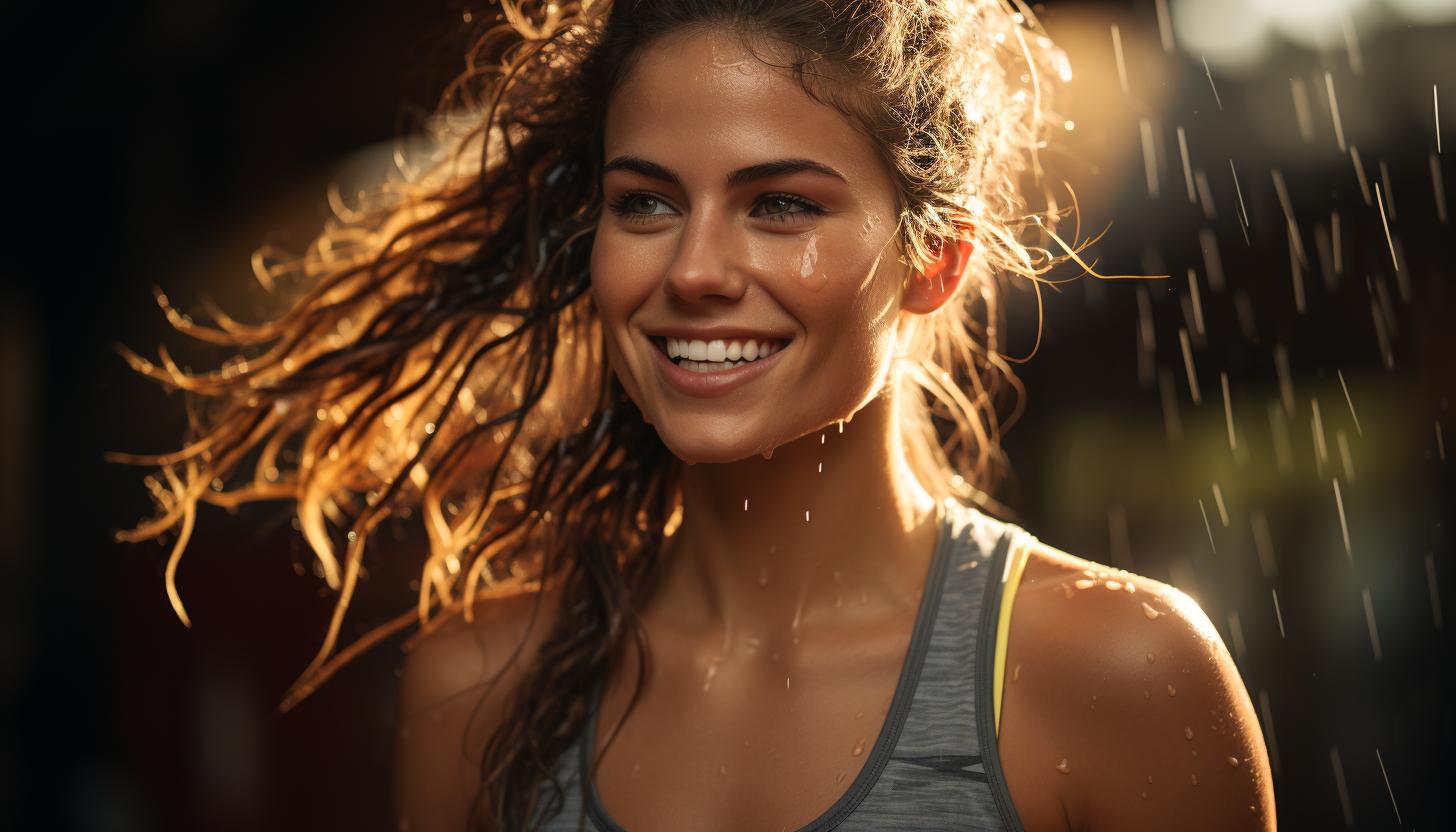
In hot weather, it’s important to take care of your skin while running. The combination of intense sun exposure and high temperatures can lead to damage and discomfort. To protect your skin from harmful UV rays, always apply sunscreen before heading out for a run. Choose a broad-spectrum sunscreen with an SPF of at least 30 and make sure to cover all exposed areas, including your face, neck, arms, and legs.
Additionally, incorporating cooling techniques into your routine can help prevent overheating and keep your skin comfortable. One effective method is to wear lightweight and breathable clothing that allows sweat to evaporate quickly. Opt for moisture-wicking fabrics like polyester or nylon instead of cotton, which can retain moisture and cause chafing.
Another cooling technique is using water or ice during your runs. Consider carrying a small handheld bottle filled with cold water to splash on your face or body when you start feeling too hot. You can also freeze a wet towel or use ice packs wrapped in a cloth to cool down during breaks or after finishing your run.
Prevention and Treatment of Chafing
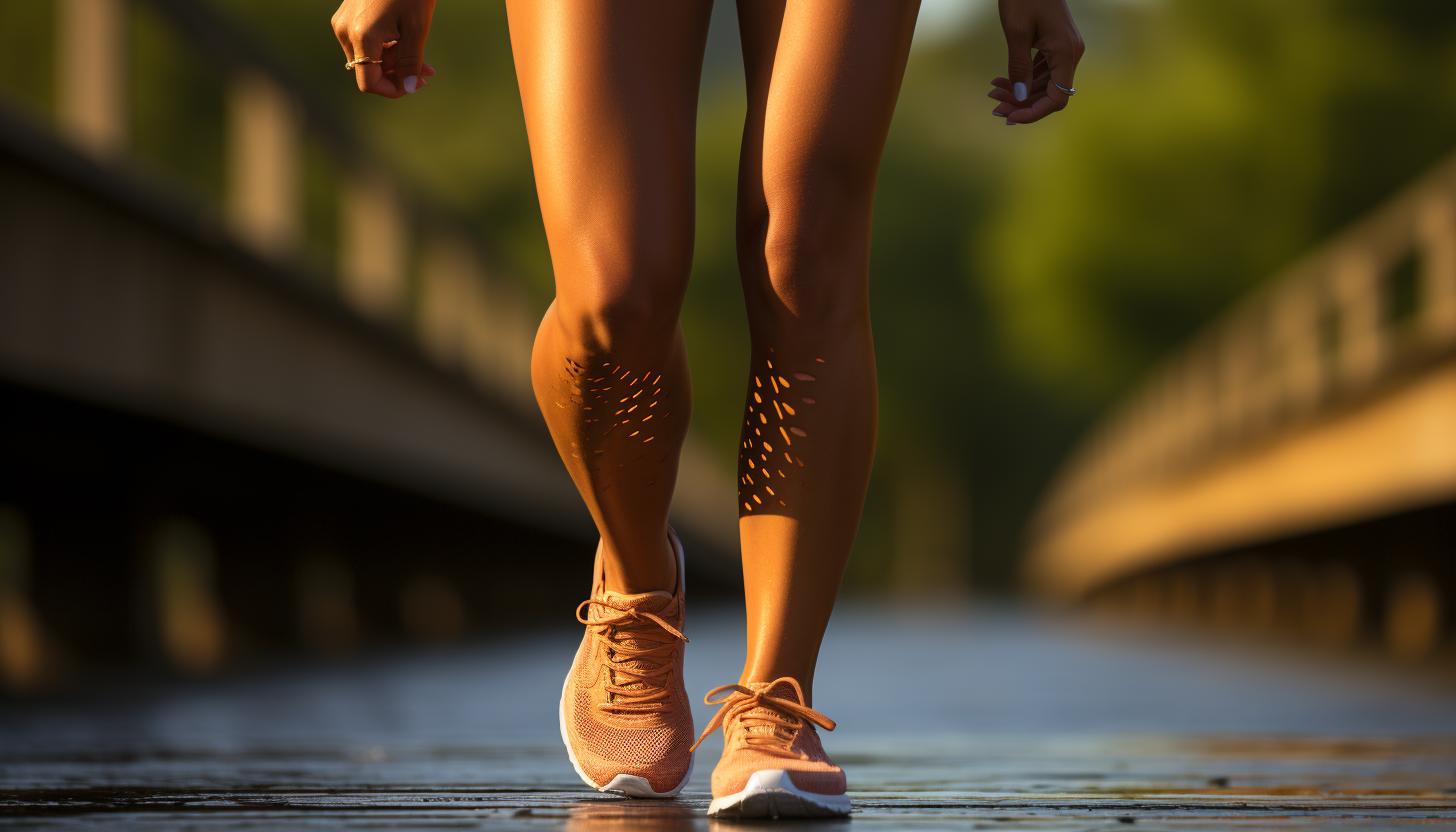
Wearing moisture-wicking fabrics can help prevent and treat chafing while running in hot weather. When the temperature rises, it’s important to take measures to keep your skin cool and dry. Here are some tips on preventing and treating chafing:
1. Choose the right clothing: Opt for moisture-wicking fabrics that draw sweat away from your body. This will help keep your skin dry and reduce friction.
2. Apply lubrication: Before heading out for a run, apply a thin layer of petroleum jelly or an anti-chafe balm to areas prone to chafing, such as the thighs, underarms, or nipples.
3. Stay hydrated: Proper hydration is essential for maintaining healthy skin during hot weather runs. Drink plenty of water before, during, and after your run to prevent dehydration and promote sweat production.
4. Take breaks: If you start feeling discomfort or notice any signs of chafing, take a short break to address the issue. Adjust your clothing or reapply lubrication if needed.
By following these preventive measures and incorporating cooling strategies like wearing moisture-wicking fabrics, you can minimize the risk of chafing while running in hot weather.
Remember to listen to your body and address any issues promptly to ensure an enjoyable running experience free from blisters and discomfort.
Conclusion
In conclusion, remember that just as the right gear protects you from the elements, taking care of your body is equally important. Soothe and protect your skin with lubricants like petroleum jelly or anti-chafing balms.
Stay hydrated to keep your body functioning at its best. Symbolically, think of chafing as a hurdle on your running journey; conquer it by following these tips.
With the right clothing, hydration techniques, and skincare regimen, you’ll glide through hot weather runs effortlessly.






